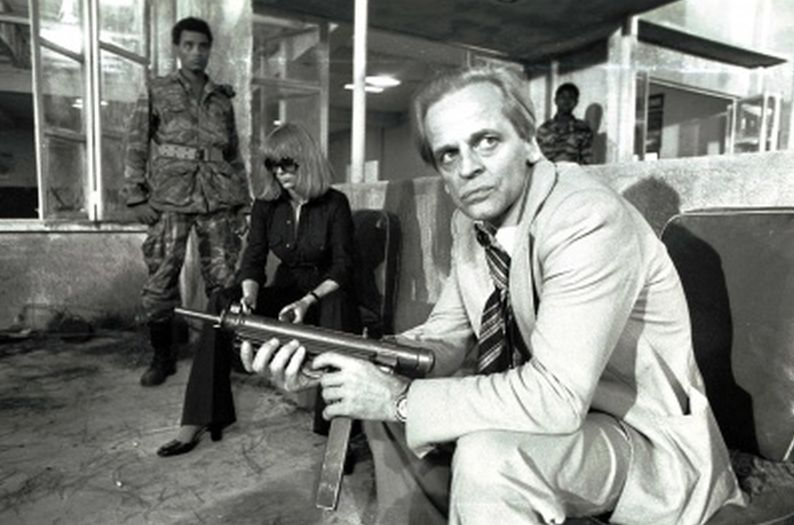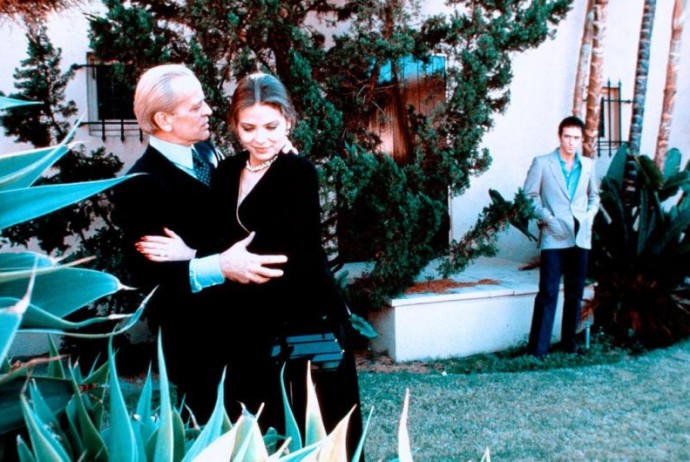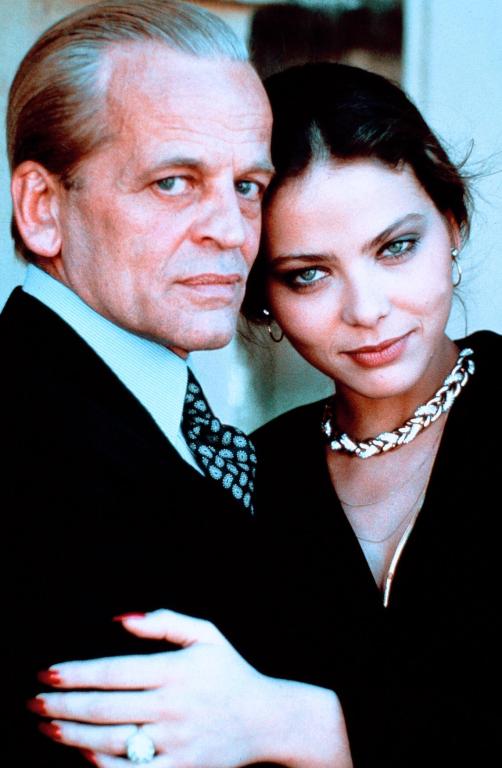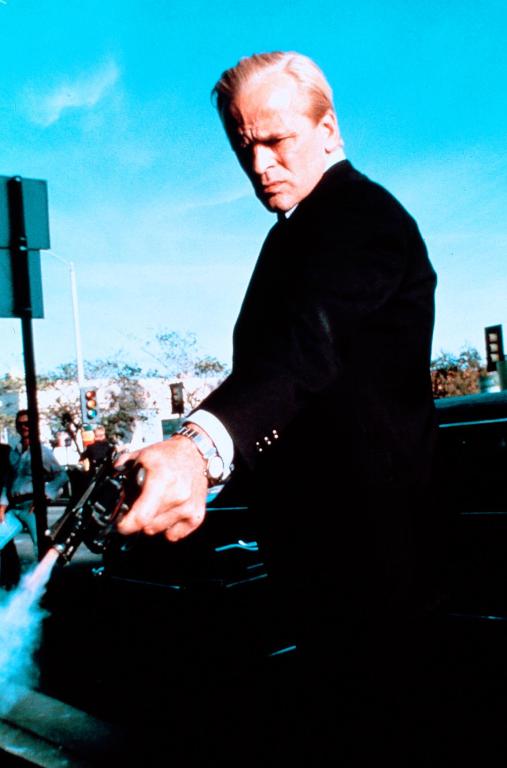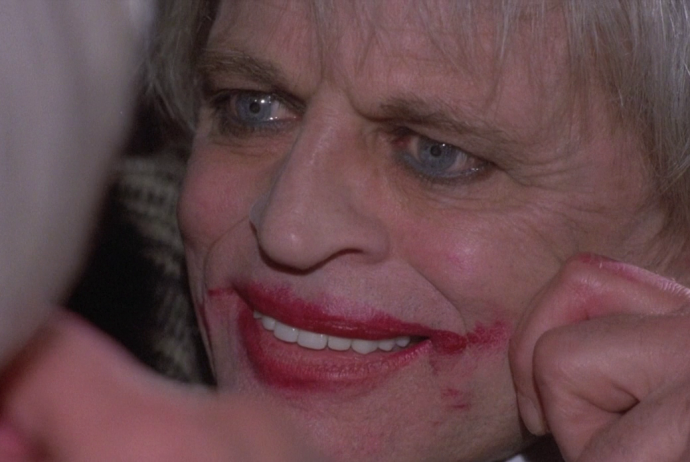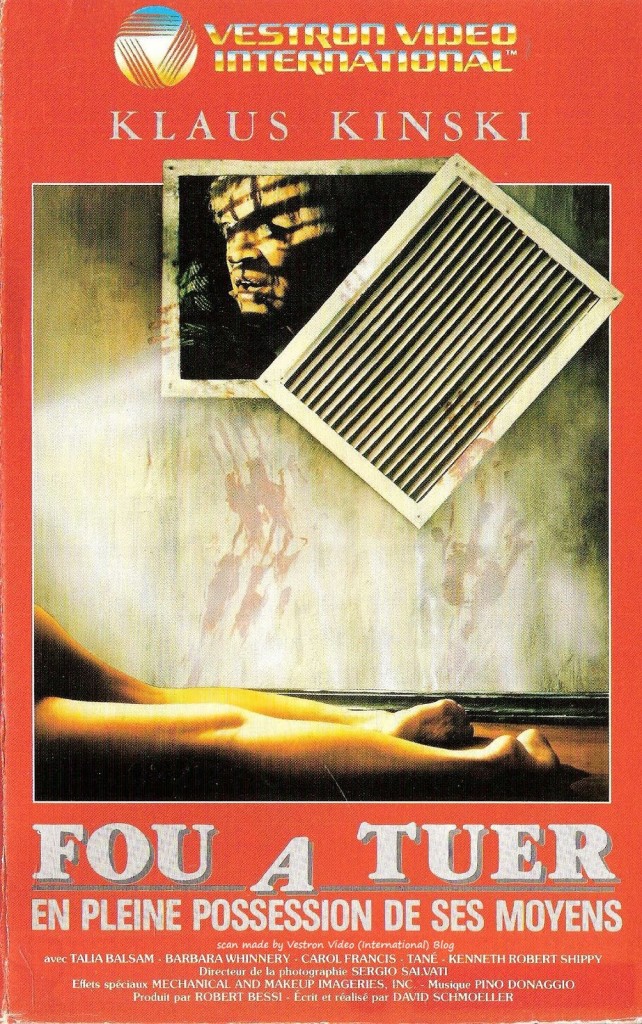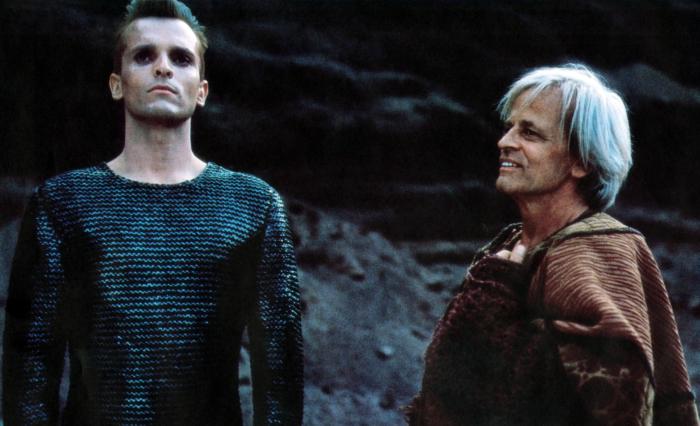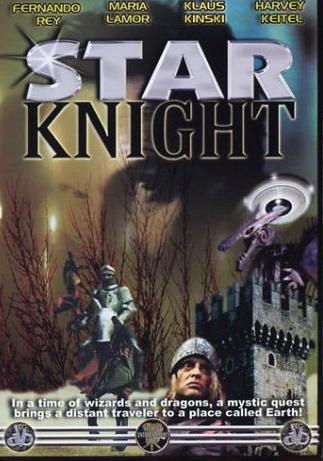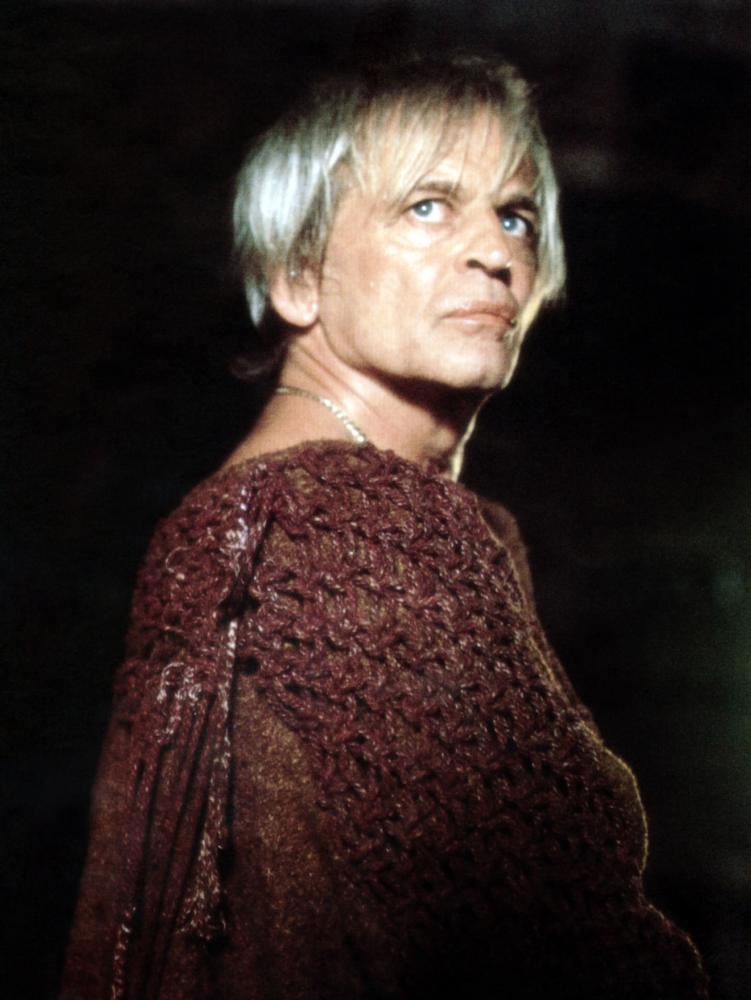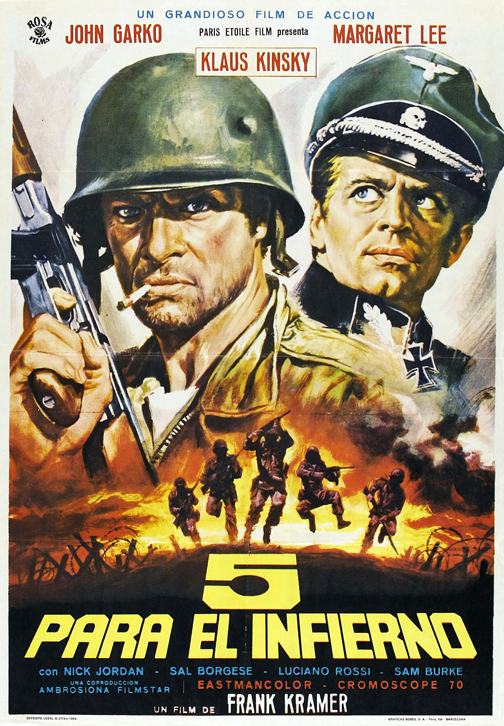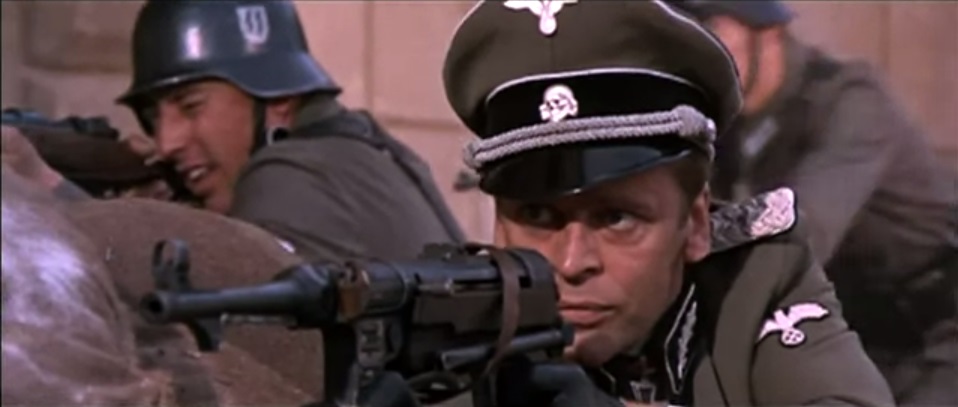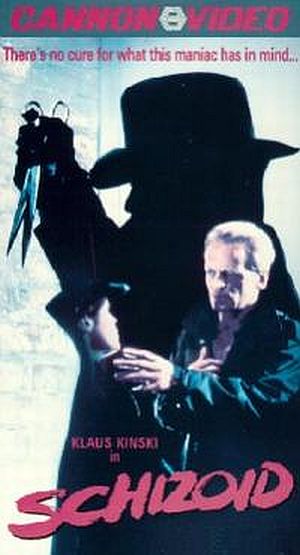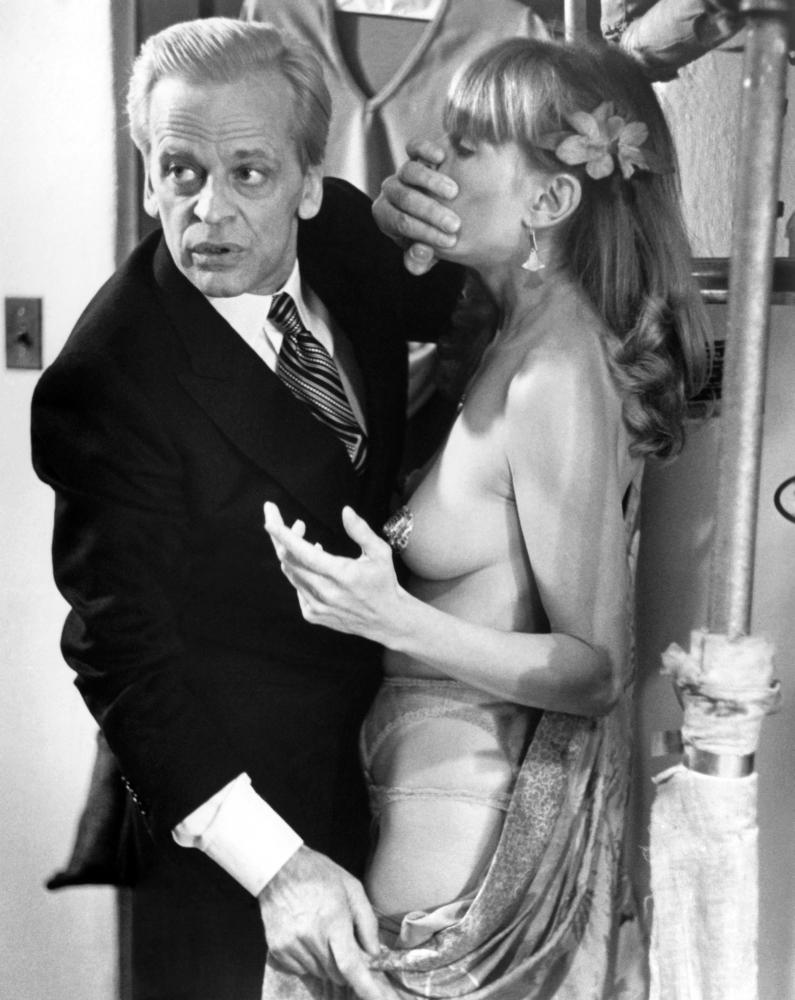Dir: Franz Josef Gottlieb
Star: Joachim Fuchsberger, Grit Boettcher, Dieter Borsche, Klaus Kinski
a.k.a. Der schwarze Abt
This was my first encounter with the cinematic works based on the books of Edgar Wallace, a prolific writer from the first third of the 20th century. His crime stories gained a new lease of life in the sixties when the German studio Rialto made a long – more than 30 – and successful series of film adaptations, forming a foundation of the genre known as Krimis, an abbreviation for the term Kriminalfilm. Much like the horror films of Hammer, around the same time in Great Britain,. the studio had a stable of actors, many of whom appeared across multiple entries in the series, playing similar roles. For example Fuchsberger, played in thirteen of Rialto’s Edgar Wallace production, usually as a Scotland Yard detective or other investigator, though here he plays estate manager Dick Alford – albeit a character with investigative tendencies.
Kinski, too, was something of a regular, from 1960’s Der Racher [The Avenger] through 1967’s Die Blaue Hand [Creature with the Blue Hand], typically playing a character of dubious morality. In this case, he plays Thomas Fortuna, butler to landowner Lord Chelford (Borsche), with a particularly unctuous nature. Detective Puddler of Scotland Yard (Charles Regnier) and occasionally-amusing comedic sidekick, Horatio (Eddi Arent, another Rialto regular) are at Chelford’s manor to investigate a murder, after a man is found stabbed to death in the ruins of a nearby abbey. From this spirals off a severely tangled mess of suspects, plots, multiple blackmail attempts, red herrings and further deaths. To be honest, my poor head was spinning with the complexity of it all, and I feel some kind of chart, perhaps involving arrows, should come with the movie, explaining the relationships between the characters. The main thrust seems to be a lost treasure of the Chelford family, in which most of the cast are interested, but you can also add:
- Chelford’s fiancee, Leslie Gine, is actually in love with Alford.
- Her brother, Arthur, is being blackmailed by employee, Fabian Gilder.
- Gilder has an almost stalkerish obsession with Leslie.
- Chelford’s ex-secretary and former girlfriend, Mary Wenner, teams up with Gilder.
- The titular Black Abbot, guardian of the treasure, is roaming the grounds.
- Chelford’s sanity is increasingly loose, and collapses entirely after seeing his dead mother.
- Fortuna is quickly recognized by Puddler as a former resident of Dartmoor Prison.
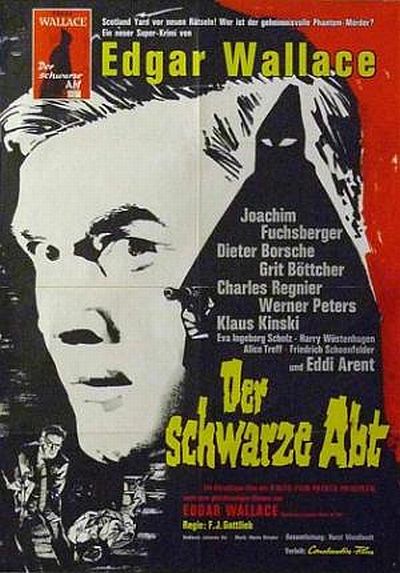 That enough plot for ya? More than one review mentions a Gothic tone here, and with its combination of family secrets, lost treasure and insanity, it does have the feel of something by Victorian author Wilkie Collins [I’m a fan, so was down with that]. The opening is also particularly striking: while the film is entirely in black-and-white, after the Abbot claims his first victim in a pre-credit sequence, the opening titles explode into quite lurid color, with a voice-over declaring, “Hello. Here speaks Edgar Wallace!” Which is quite a feat, considering the writer died in 1932, while working on an early draft of King Kong. There are also aspects not dissimilar to the Italian giallo genre, which would flourish, in particular under Dario Argento, a decade or so later.
That enough plot for ya? More than one review mentions a Gothic tone here, and with its combination of family secrets, lost treasure and insanity, it does have the feel of something by Victorian author Wilkie Collins [I’m a fan, so was down with that]. The opening is also particularly striking: while the film is entirely in black-and-white, after the Abbot claims his first victim in a pre-credit sequence, the opening titles explode into quite lurid color, with a voice-over declaring, “Hello. Here speaks Edgar Wallace!” Which is quite a feat, considering the writer died in 1932, while working on an early draft of King Kong. There are also aspects not dissimilar to the Italian giallo genre, which would flourish, in particular under Dario Argento, a decade or so later.
That’s particularly apparent in the later stages, when Chelford goes off the deep end. Borsche actually does a decent job at falling apart, but by this point, Kinski has left proceedings [to avoid spoilerage, no more detailed account of his fate will be provided]. I’ll admit much of my interest went with him, though I could still admire some pretty nifty cinematography. That’s something else this has in common with peak Argento: even if the storyline is, being very kind, on thin ice, it’s always nice to look at. But, I must confess, the prospect of having to watch a whole slew of these, since Rialto kept Klaus gainfully employed for much of the sixties, doesn’t exactly fill me with a great deal of enthusiasm. I am encouraged to discover that this one isn’t necessarily “typical,” and I think I may be include to lean towards some of the earlier entries and see if they’re a little easier to handle in terms of plotting.
In the film’s defense, I was watching an English-dubbed version, and that may not have helped proceedings – it rarely does. However, it didn’t seem like they had done too bad a job, at least compared to some other Kinski works I’ve had to endure, in other than their original languages. The voices generally appear to fit the characters, and more than one person of each sex is doing voices. You can probably guess, the bar for good dubbing has been set painfully low by previous experience. The trailer below gives you a good flavor, along with showcasing the abbot’s pugilistic skill, and given you just a taste of the complexities involved. I’m not sure the full-length feature makes a great deal more sense.
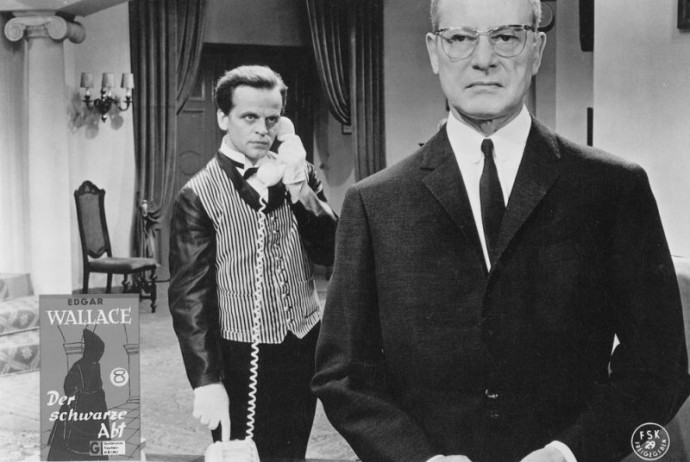
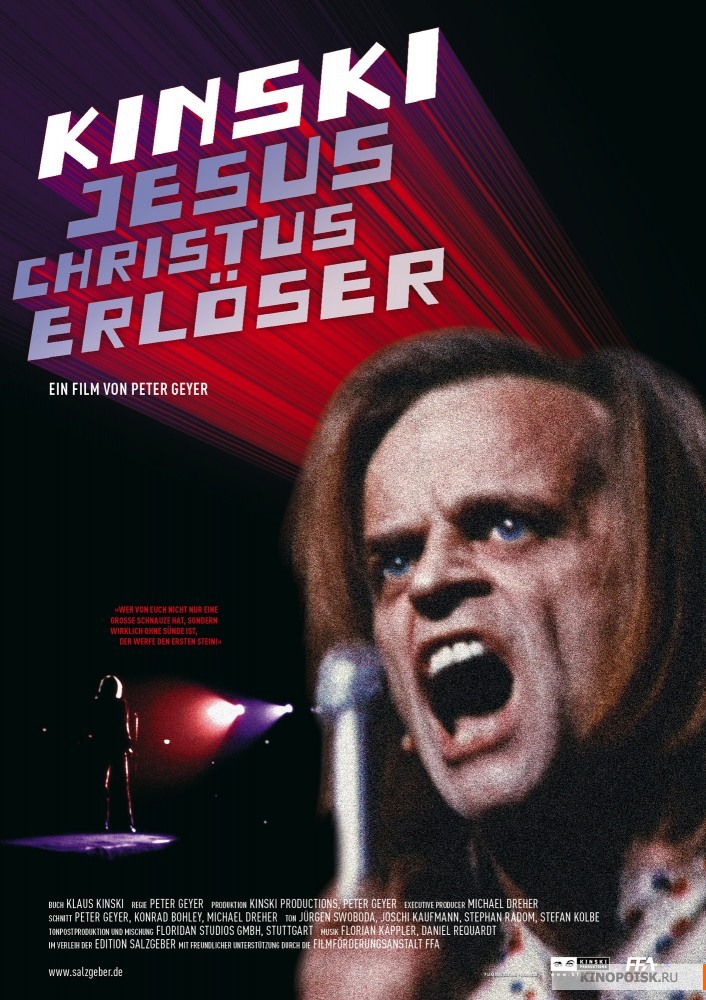
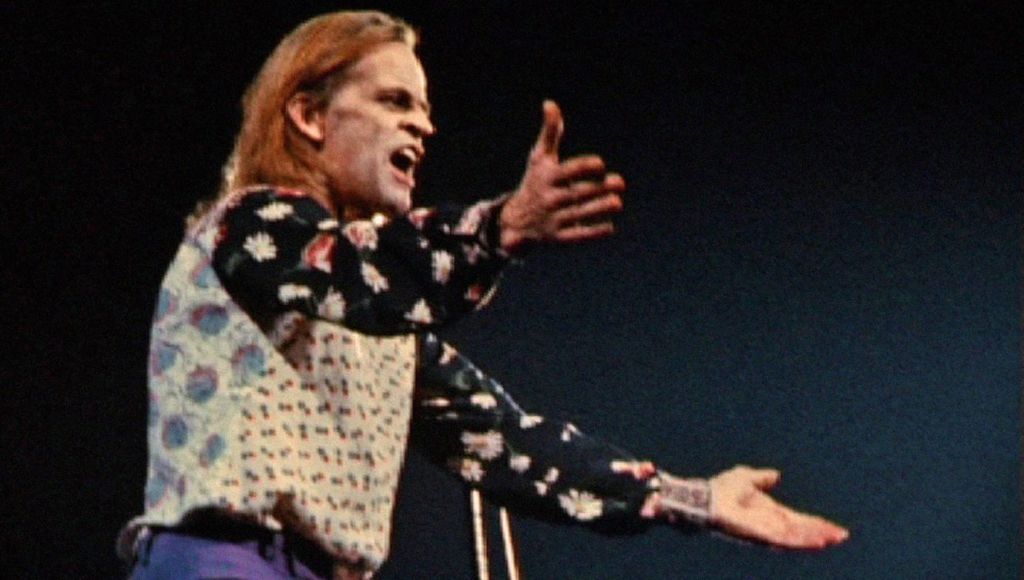

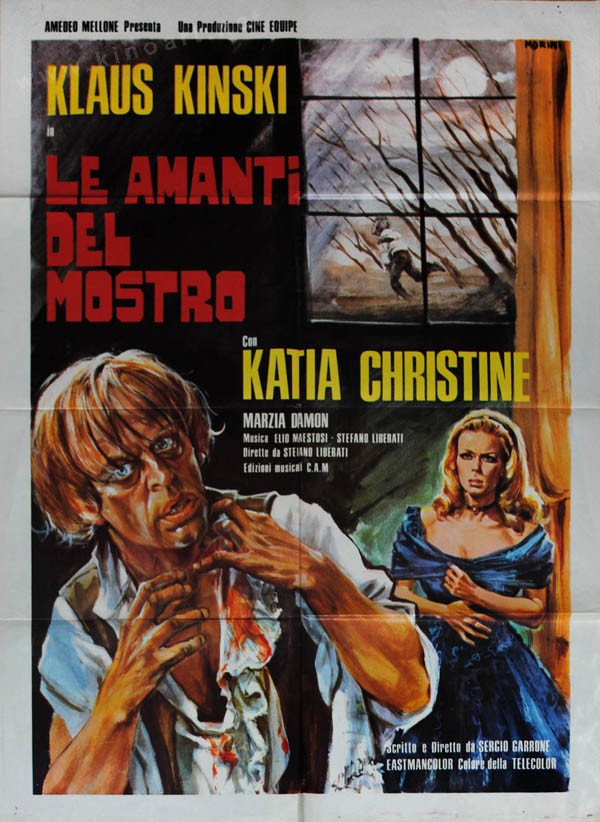

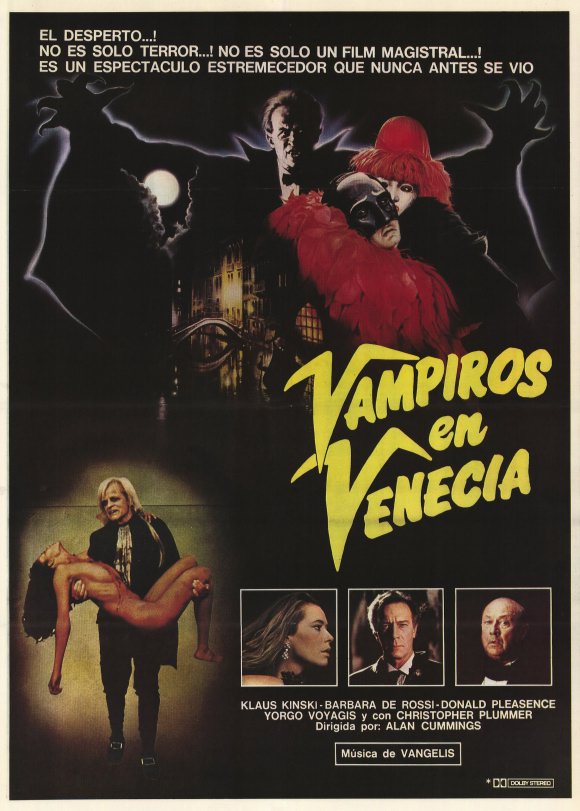 There’s good reason for this, because the film had as many as six different directors at various stages of proceedings.
There’s good reason for this, because the film had as many as six different directors at various stages of proceedings. 
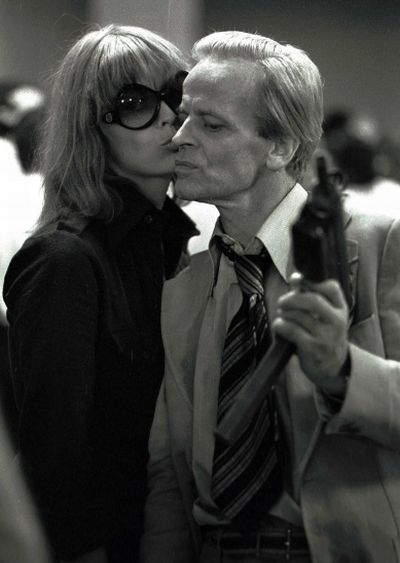 This may help explain why such a glossy genre piece was submitted as Israel’s entry for the ‘Best Foreign Film’ at the 50th Academy Awards, an honor not usually given to such a… Well, I could use the term “jingoistic piece of cinema,” but let’s go with “straightforward action flicks.” It actually made it as far as the final five nominations, alongside Luis Bunuel’s That Obscure Object of Desire, but both lost out to France’s now largely-forgotten Madame Rosa. [I note that among the other national entries that year were Wim Wenders’ The American Friend and Paul Verhoeven’s Soldier of Orange] There were two versions of the film made: a wholly English-language one for the international market, and the one seen here, which is told in a variety of languages, including English, German, Hebrew and Arabic. Also worth mentioning, two years later director Golan would team up with cousin Yoran Globus to buy Cannon Films, one of the most prolific production companies of the eighties.
This may help explain why such a glossy genre piece was submitted as Israel’s entry for the ‘Best Foreign Film’ at the 50th Academy Awards, an honor not usually given to such a… Well, I could use the term “jingoistic piece of cinema,” but let’s go with “straightforward action flicks.” It actually made it as far as the final five nominations, alongside Luis Bunuel’s That Obscure Object of Desire, but both lost out to France’s now largely-forgotten Madame Rosa. [I note that among the other national entries that year were Wim Wenders’ The American Friend and Paul Verhoeven’s Soldier of Orange] There were two versions of the film made: a wholly English-language one for the international market, and the one seen here, which is told in a variety of languages, including English, German, Hebrew and Arabic. Also worth mentioning, two years later director Golan would team up with cousin Yoran Globus to buy Cannon Films, one of the most prolific production companies of the eighties.